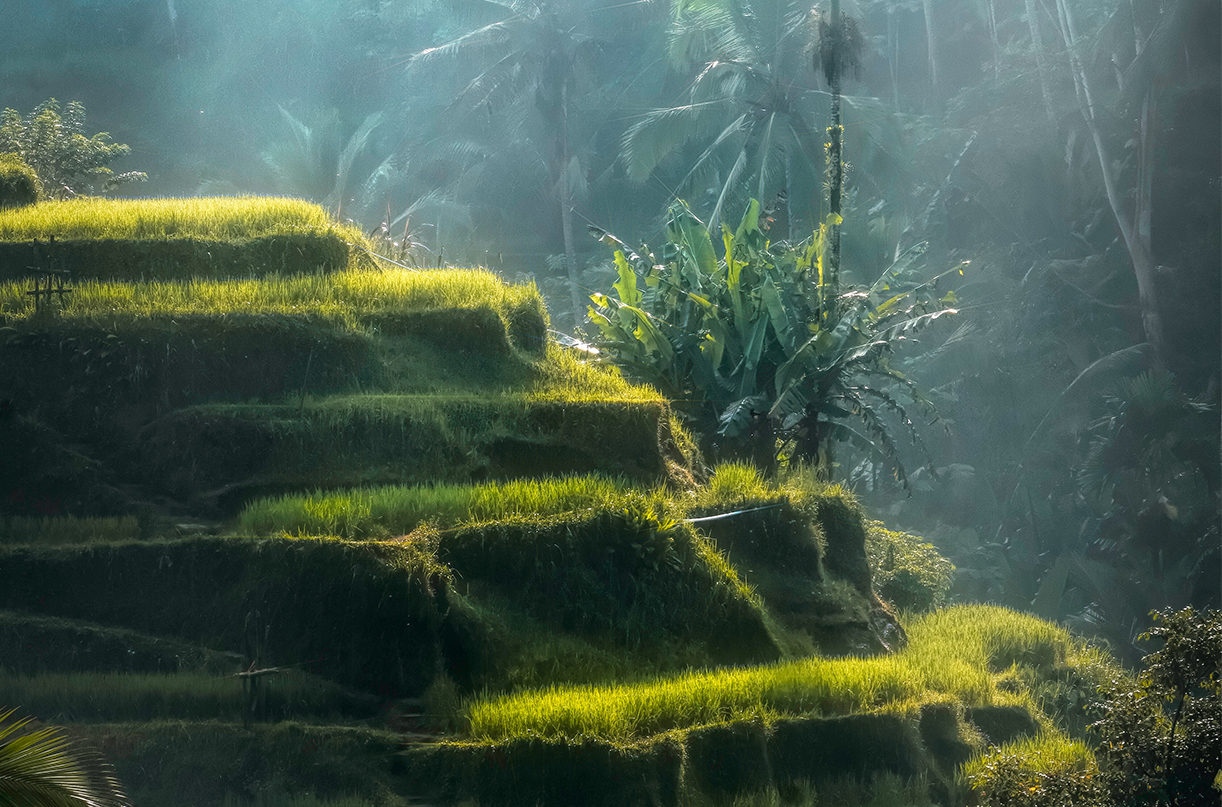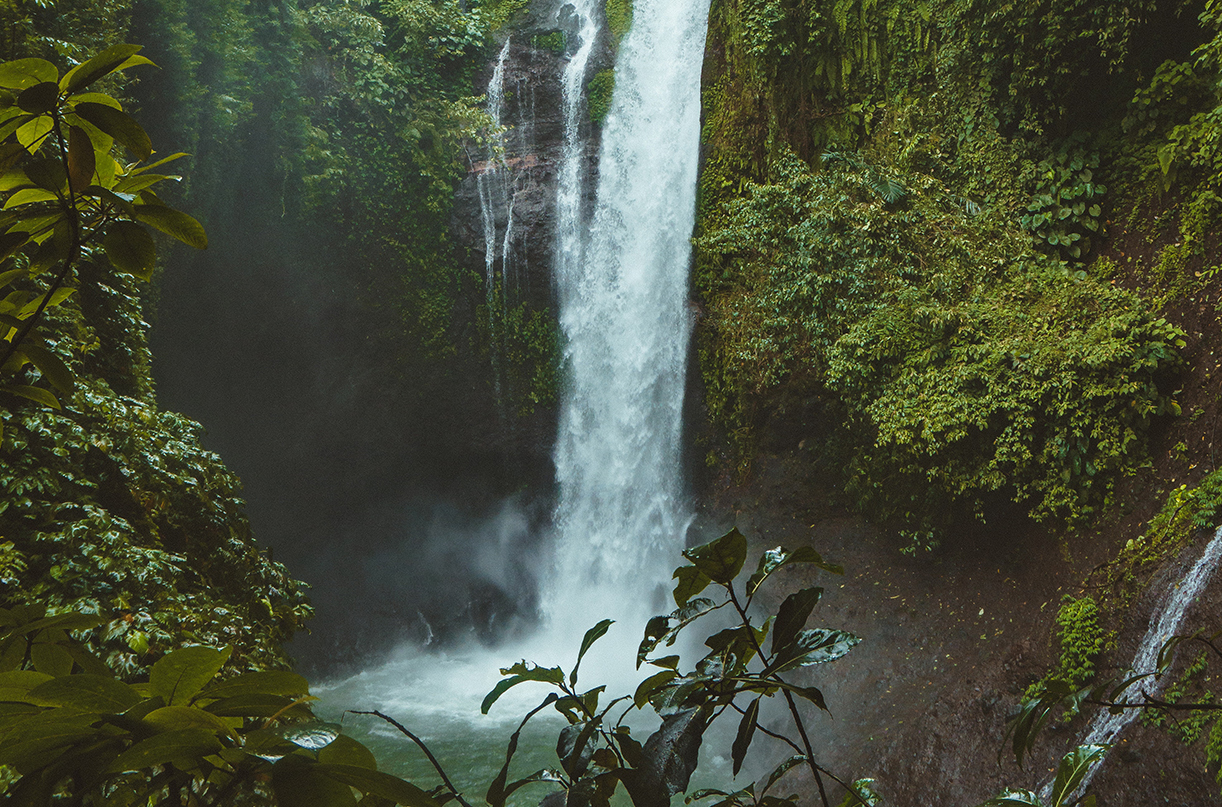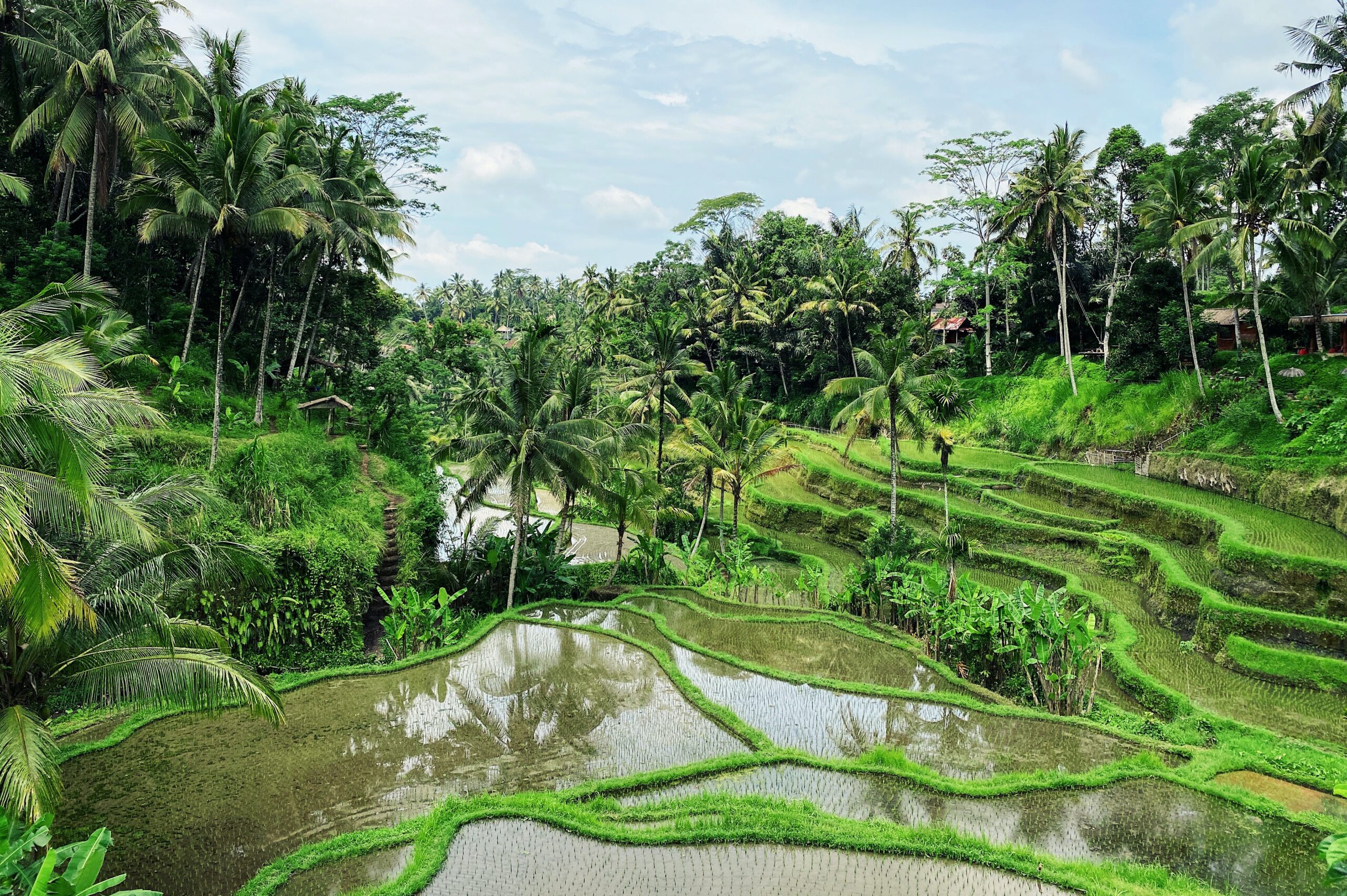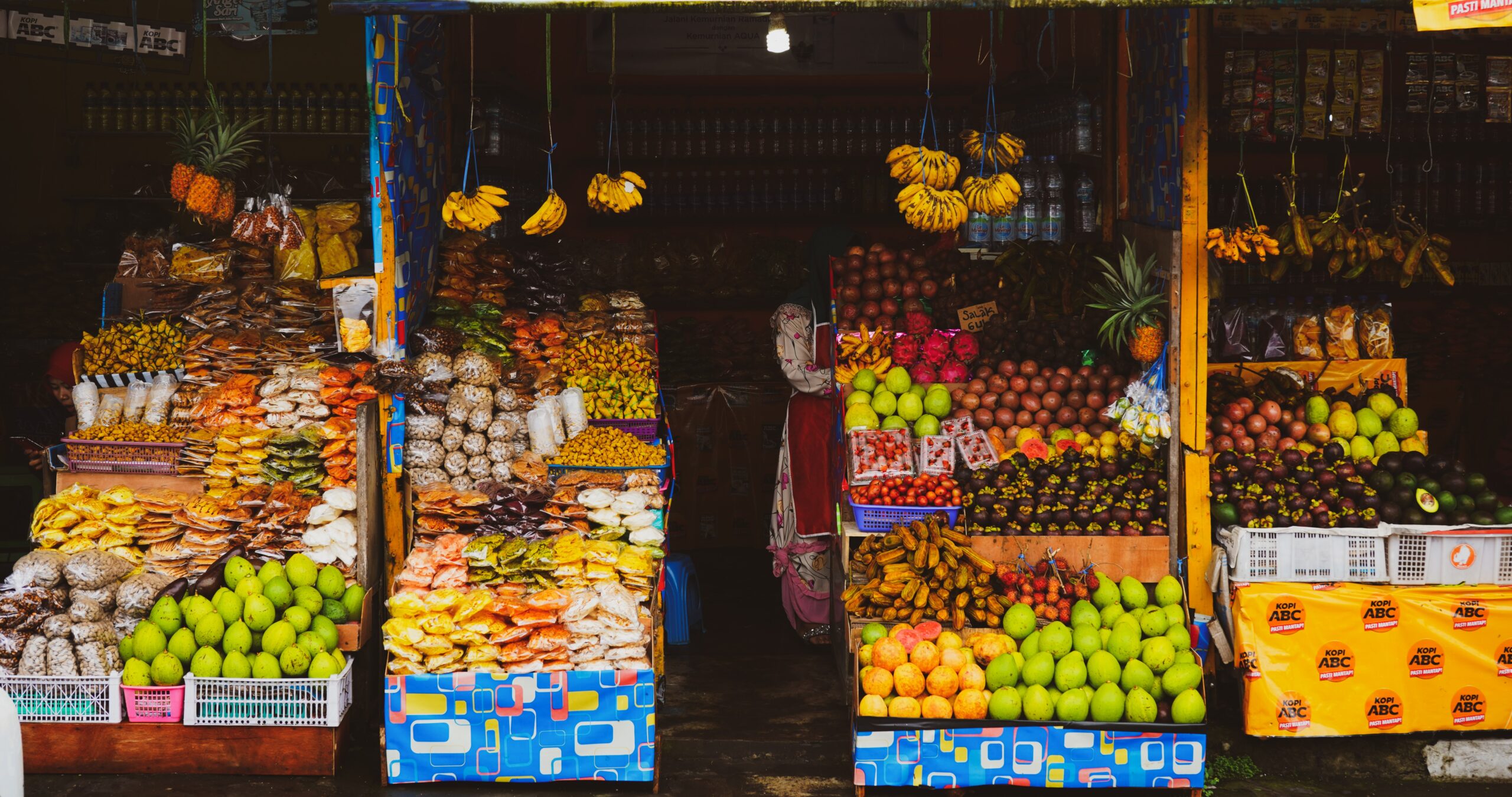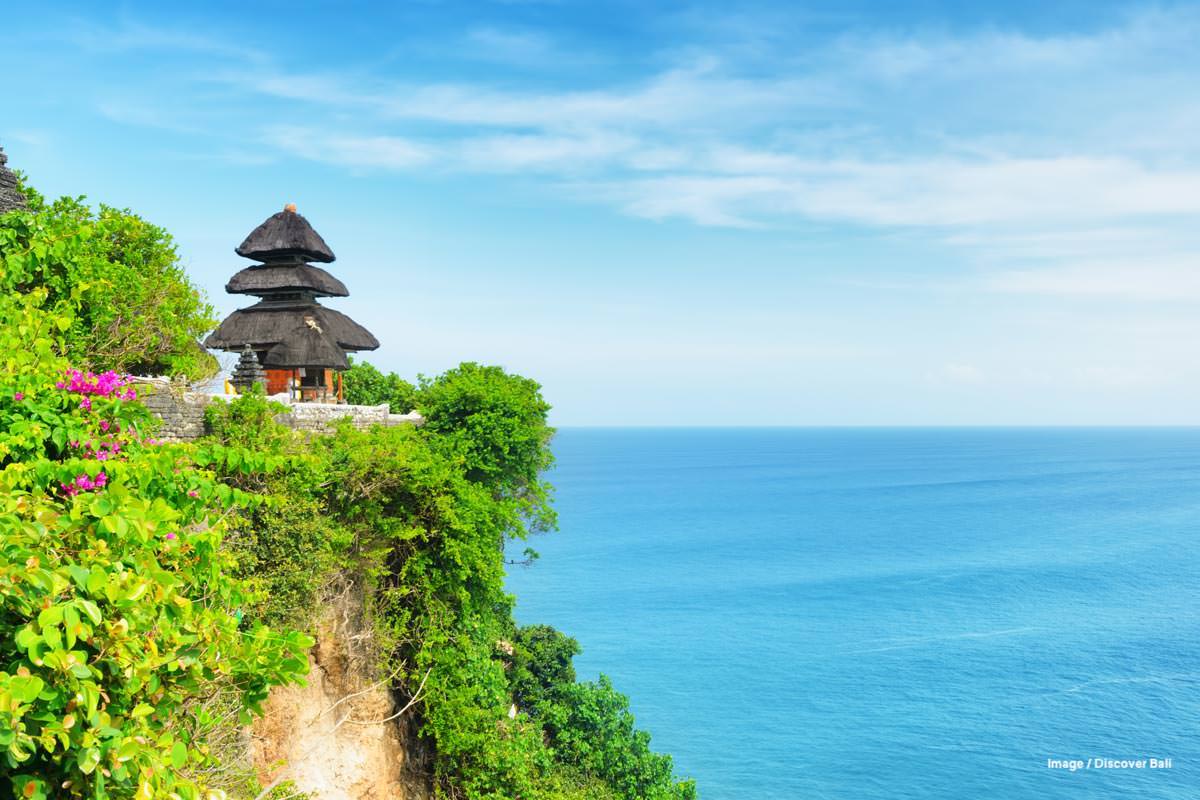Immerse yourself in the rhythms of nature
Witness a symphony of raindrops as they play their soothing tones on the leaves of the rainforest. Embrace the calming beauty of the rain as it comes and goes during the wet season in Bali. Many of Bali’s landscapes transform into a photographer’s dream with vibrant shades of colour. Capture Bali’s lush landscapes, dramatic skies and vibrant cultural events in the wet season.
Despite popular belief, there are still plenty of sunny days in the wet season. Consider going snorkelling or scuba-diving to discover the marine life of the Indian Ocean or try some surfing. Believe it or not, you’ll even be able to enjoy beach days.

